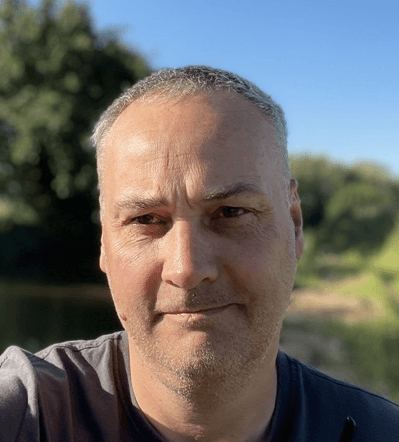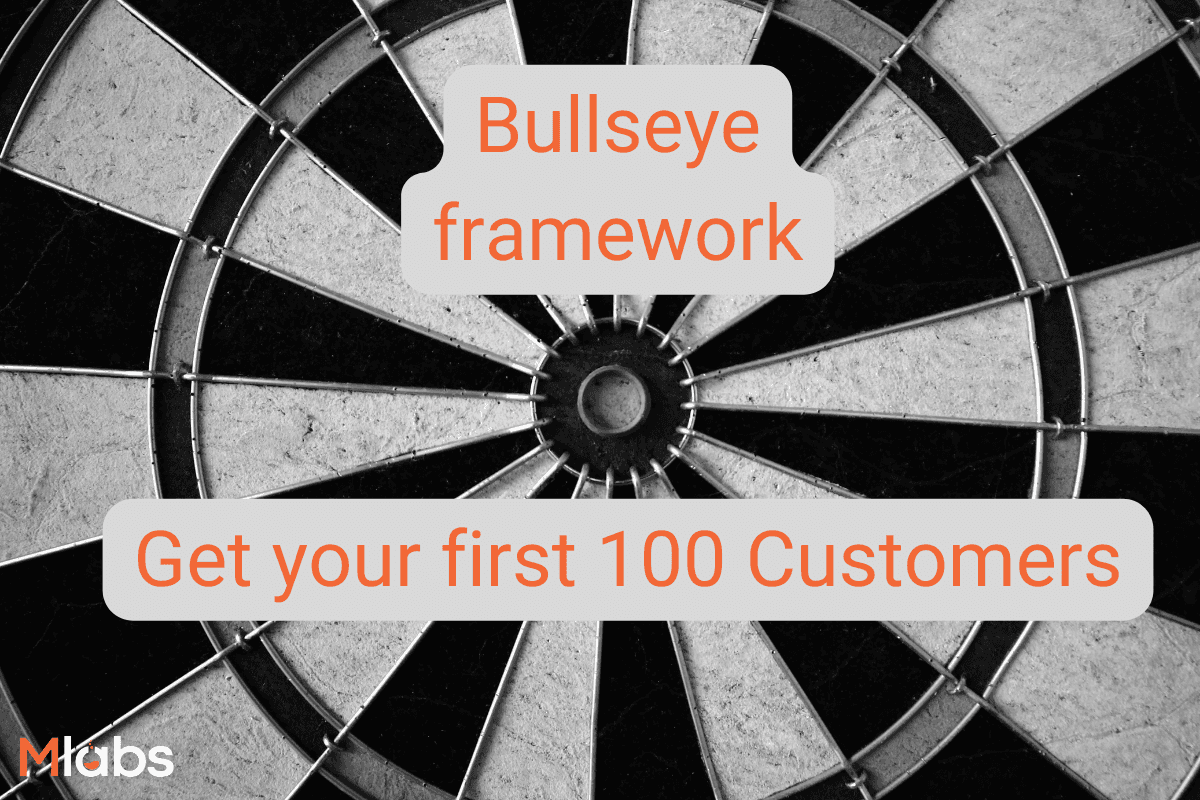
Simon Jenner
Monday 27 March 2023

Struggling to find your first 100 customers? Random marketing won’t cut it. Learn how the Bullseye Framework, used by successful startups, can help you identify the one key channel to unlock your growth. Are you targeting the right customers in the right way?
Posted in:
Startups
Finding your first 10 then first 100 customers is arguably the hardest stage of growth. The hope is that the waiting list you built at the landing page stage and nurtured while your MVP was being built will bring you your first 10 customers. To get to your first 100 customers is going to require more work and some outbound marketing effort to generate leads.
We know that there are lots of marketing channels (twitter, blogging, flyers etc) we can use to drive traffic to our landing page but which one or ones should we use.
Too often, startups spend months building an app only to struggle with traction once they launch. This struggle has startups trying random tactics - some ads, a blog post or two - in an unstructured way that leads to failure.
We use the Bullseye framework to help us work out which are the best channels to use.
What is the Bullseye Framework?
"Bullseye Framework," a five-step process successful companies use to get traction. This framework helps founders find the marketing channel that will be key to unlocking the next stage of growth. The framework was created by Gabriel Weinberg the founder of DuckDuckGo (DDG), a search engine that offers private navigation on the web. The whole framework is best described in his book Traction: A Startup Guide to Getting Customers
The Bullseye framework systematically focuses you in on the bullseye — the one acquisition channel at the centre of the target that will unlock your next growth stage.
The Outer Ring: Which channel?
Here are the channels the model identifies:
Targeting Blogs
Publicity
Unconventional PR
Search Engine Marketing
Social and Display Ads
Offline Ads
Search Engine Optimization
Content Marketing
Email Marketing
Viral Marketing
Engineering as Marketing
Business Development
Sales
Affiliate Programs
Existing Platforms
Trade Shows
Offline Events
Speaking Engagements
Community Building
Look at each of the 19 channels and select 5 to start with that make most sense for your product or service. Then plan out how you would use that channel to acquire customers. Here is a worked example
The Middle Ring: Experiments
With your selected 5 channels now take the most likely channel to create good acquisitions and start an experiment. Each experiment should try to answer:
How much will it cost to acquire customers through this channel? (Cost)
How many customers are available through this channel? (Size)
Are the customers that you are getting through this channel the kind of customers that you want right now?
Once tested move onto the next channel and perform a test. Note - some channels are very slow to respond such as content marketing (this is a 3-6 month feedback loop) so they should not be your first tests.
The Inner Ring: What’s Working
The third and final step in Bullseye is to focus solely on the channel that was the winner from the middle ring experiments: your core channel. Your experiments should have pointed you towards this channel and you should now purely focus in on this channel.
If you go through the process several times and no channel seems promising, then your value proposition is probably at fault and you need to re-think.
Ready to launch your startup idea with an MVP?
Download our step by step guide for non-technical founders to create a startup Minimum Viable Product (MVP)
Get the eBook

